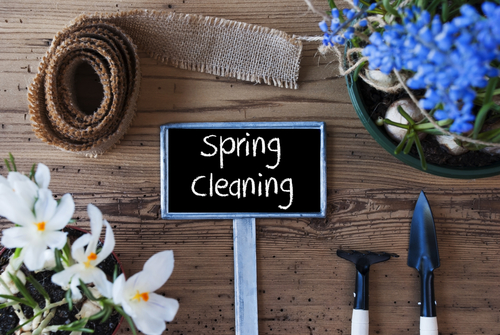
Why Hire A After Party Clean-Up Service?
February 2, 2023
What Are the Most Overlooked Areas to Clean During Spring Cleaning? (Complete Guide)
April 15, 2023How to Save Water During Your Spring Cleaning: Efficient Tips for a Greener Home
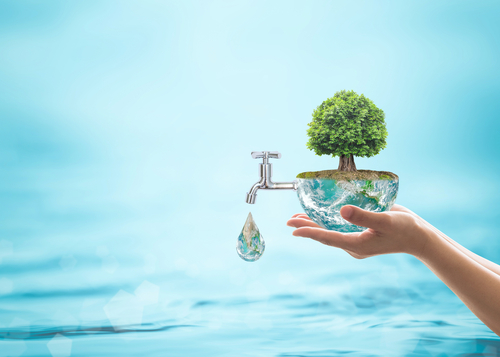
Save water during cleaning
Introduction
Spring cleaning is a time-honored tradition for many households, providing an opportunity to declutter, deep clean, and refresh the home after a long winter. However, it’s essential to keep in mind the environmental impact of our cleaning habits, particularly when it comes to water usage. This article will offer practical tips and tricks to help you save water during your spring cleaning, ensuring a cleaner and greener home.
Choose eco-friendly cleaning products
The first step in reducing water usage during spring cleaning is selecting eco-friendly cleaning products. Conventional cleaning agents often contain harsh chemicals that can contaminate water supplies when washed down the drain. By choosing biodegradable, environmentally friendly cleaning solutions, you’ll minimize the need for excessive rinsing, ultimately conserving water.
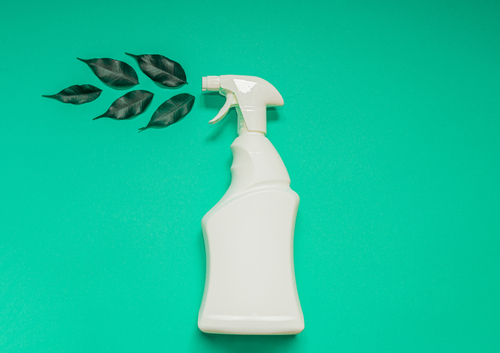
Sweep before you mop
Before mopping your floors, take the time to sweep or vacuum up dirt and debris. This simple step will prevent you from needing multiple rounds of mopping to achieve a clean floor, ultimately saving water in the process.
Use a spray bottle for cleaning solutions
Rather than diluting your cleaning products in large quantities of water, consider using a spray bottle to apply the solution directly to surfaces. This method not only reduces the amount of water required for cleaning but also ensures a more concentrated, effective cleaning solution.
Reuse and repurpose water when possible
Get creative in finding ways to reuse water during your spring cleaning. For example, if you need to rinse out a bucket or container, consider using the leftover water to water your plants or garden. You can also collect water from rinsing fruits and vegetables for the same purpose.
Use a bucket for washing windows and outdoor surfaces
When cleaning windows or outdoor surfaces, opt for a bucket and sponge rather than a hose. A running hose can waste a significant amount of water, while a bucket allows you to control your water usage more effectively.
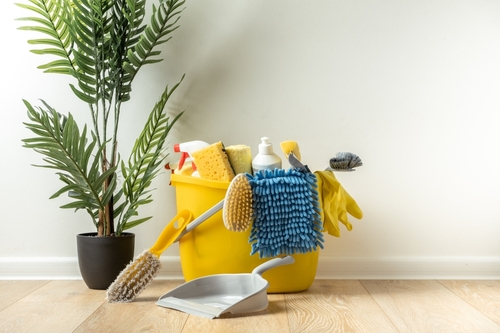
Wash full loads of laundry
Resist the temptation to wash small loads of laundry during your spring cleaning. Instead, wait until you have a full load to minimize the number of washing cycles needed, saving both water and energy.
Limit the use of power washers
While power washers can be useful for cleaning outdoor surfaces, they consume a substantial amount of water. If possible, use a broom or scrub brush to clean decks, patios, and sidewalks, only resorting to power washing for heavily soiled areas.
Fix any leaks promptly
Leaky faucets and pipes can waste a significant amount of water over time. As part of your spring cleaning routine, inspect your home for any leaks and repair them promptly to avoid wasting water.
Install water-saving devices
Consider installing water-saving devices in your home, such as low-flow faucets, showerheads, and toilets. These devices can help you save water throughout the year, not just during your spring cleaning.
Educate yourself and your family on water conservation
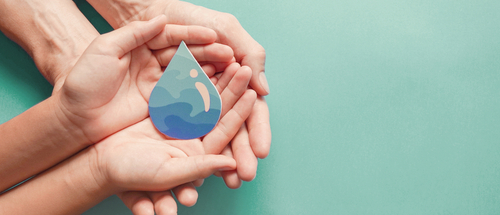
Finally, take the time to educate yourself and your family on the importance of water conservation. Encourage everyone in the household to adopt water-saving habits and make a conscious effort to reduce water usage during spring cleaning and beyond.
Use microfiber cloths for cleaning
Microfiber cloths are highly absorbent and can effectively remove dirt and grime with minimal water usage. These reusable cloths can be used for various cleaning tasks, such as wiping down surfaces, dusting, and cleaning windows. Using microfiber cloths instead of disposable paper towels or excessive water will help conserve water during your spring cleaning.
Plan your cleaning tasks strategically
When planning your spring cleaning, consider the order of tasks to minimize water usage. For instance, clean the dirtiest areas last, so you don’t need to repeatedly rinse your cleaning tools, wasting water in the process.
Use a steam cleaner
Steam cleaners use high-pressure steam to lift dirt and grime from surfaces, requiring little to no water. They’re effective on various surfaces, including tiles, grout, upholstery, and carpets, making them a valuable addition to your spring cleaning toolkit.
Use a dual-chamber mop bucket
Invest in a dual-chamber mop bucket to separate clean and dirty water. This setup will allow you to use the clean water for mopping while wringing out the dirty water into a separate compartment. This method not only reduces water usage but also ensures a more efficient and hygienic cleaning process.
Use a dishwasher efficiently
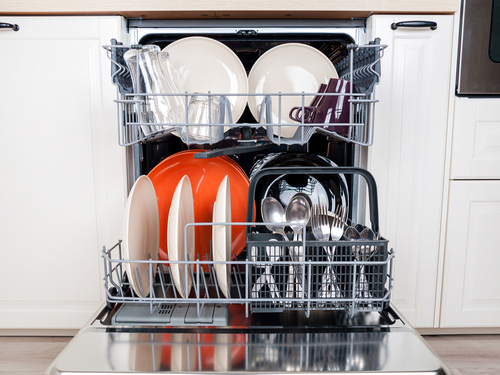
If you have a dishwasher, make sure to use it efficiently during your spring cleaning. Only run the dishwasher when it’s full, and opt for an eco-friendly or water-saving cycle if available. Additionally, scrape off food debris from dishes before loading them into the dishwasher to reduce the need for pre-rinsing.
Time your outdoor cleaning
When cleaning outdoor surfaces, such as driveways or patios, time your cleaning to coincide with rain forecasts. This way, you can take advantage of the rainwater to help rinse away dirt and grime, reducing the need for additional water usage.
Raise awareness about water conservation
Share your water-saving spring cleaning tips with friends, family, and neighbors, encouraging them to adopt similar practices. By raising awareness about water conservation, you can help promote a more sustainable approach to cleaning and overall water usage.
Conclusion
Saving water during spring cleaning is an achievable goal if you adopt eco-friendly practices and make conscious efforts to conserve this precious resource. By implementing the tips mentioned above, you can effectively reduce your water consumption, contributing to a cleaner and greener planet. Remember that every drop counts, and together, we can make a significant difference in protecting our environment and ensuring a sustainable future for generations to come.



